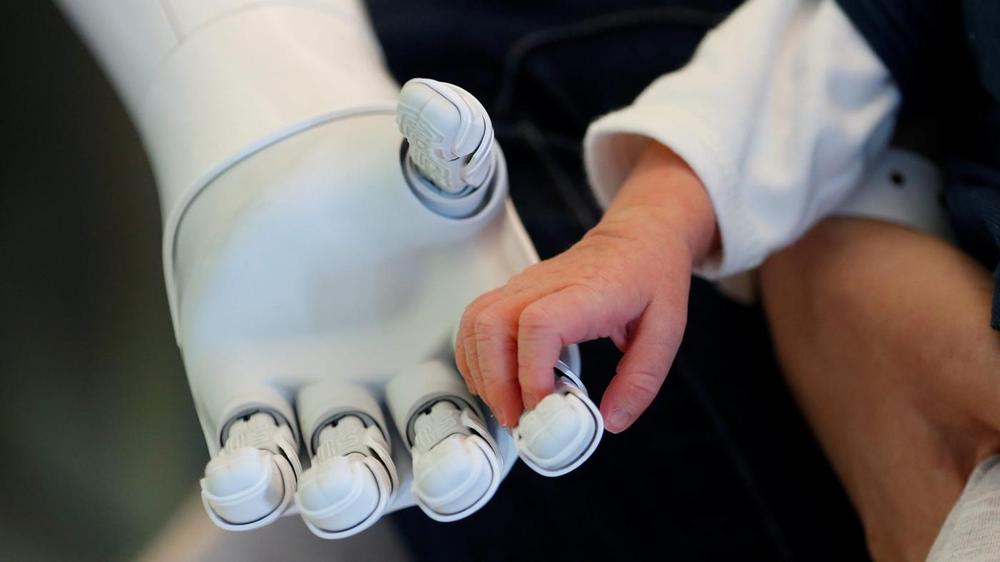Born shortly after the Big Bang, these cosmic monsters have perplexed astronomers for years. A new study may shed light on their origins.



Why you feel like you’re falling when going to sleep?
Husbands Ian and Leon discuss the future of longevity technology and genetic research in Silicon Valley with the infamous bio-tech renegade Aubrey DeGrey.
Ian and Leon then drive a classic car down the Pacific Coast Highway and into the desert to the 7th Day Adventist community of Loma Linda to learn about “Blue Zones” and how anyone can make simple lifestyle changes that would allow them to live radically longer lives.
TRACKS publishes unique, unexpected and untold stories from across the world every week.
From Longevity Road Trip
Facebook: https://www.facebook.com/TRACKSTravelChannel/
Content licensed from Canamedia to Little Dot Studios.

I have a four-foot-tall robot in my house that plays with my kids. Its name is Jethro.
Both my daughters, aged 5 and 9, are so enamored with Jethro that they have each asked to marry it. For fun, my wife and I put on mock weddings. Despite the robot being mainly for entertainment, its very basic artificial intelligence can perform thousands of functions, including dance and teach karate, which my kids love.
The most important thing Jethro has taught my kids is that it’s totally normal to have a walking, talking machine around the house that you can hang out with whenever you want to.
Ira Pastor, ideaXme exponential health ambassador and founder of Bioquark, interviews Sister Ilia Delio PhD. OSF, a Franciscan Sister (Order of St Francis of Washington, DC) who holds the Josephine C. Connelly Endowed Chair in Theology at Villanova University.
Ira Pastor Comments:
On previous shows, as we’ve spent time discussing the bio-architecture of life, we have spent time at various levels of this unique hierarchy, from the very, very small (as we’ve delved into topics like quantum biology), to the very large (as we discussed themes like chronobiology), and a lot of domains in between: the genome, micro-biome, systems biology, etc.
Today, however, we are going to further and deeper than we’ve ever been before.
Sister Ilia Delio, PhD
Dr. / Sister Ilia Delio PhD. OSF, is a Franciscan Sister (Order of St Francis of Washington, DC) and holds the Josephine C. Connelly Endowed Chair in Theology at Villanova University.
A native of Newark, NJ, she earned a B.S. in Biology from DeSales University, a masters degree in Biology at Seton Hall, and a doctorate in pharmacology from Rutgers University-School of Healthcare and Biomedical Sciences (with specialization in neuro-toxicology, with an emphasis on neuromuscular disease) and she wrote her dissertation on axonal dysfunction in an experimental model of Lou Gehrig’s (ALS) disease.

Herbs to increase breast milk supply and heal the spleen. Traditional remedies which promise to cure insomnia and acne. Secret cancer treatments that have been ignored or suppressed by Western medicine.
Practitioners of Traditional Chinese Medicine (TCM) have a long history of making outsized claims, not least in the case of fertility and virility, where demand for tiger penis and rhino horn has devastated wild populations.
Quackery and false claims exist in all branches of medicine, but doctors in Europe are concerned that unverified claims made under the guise of TCM are being spread worldwide by social media, inadvertently aided by the World Health Organization (WHO).

